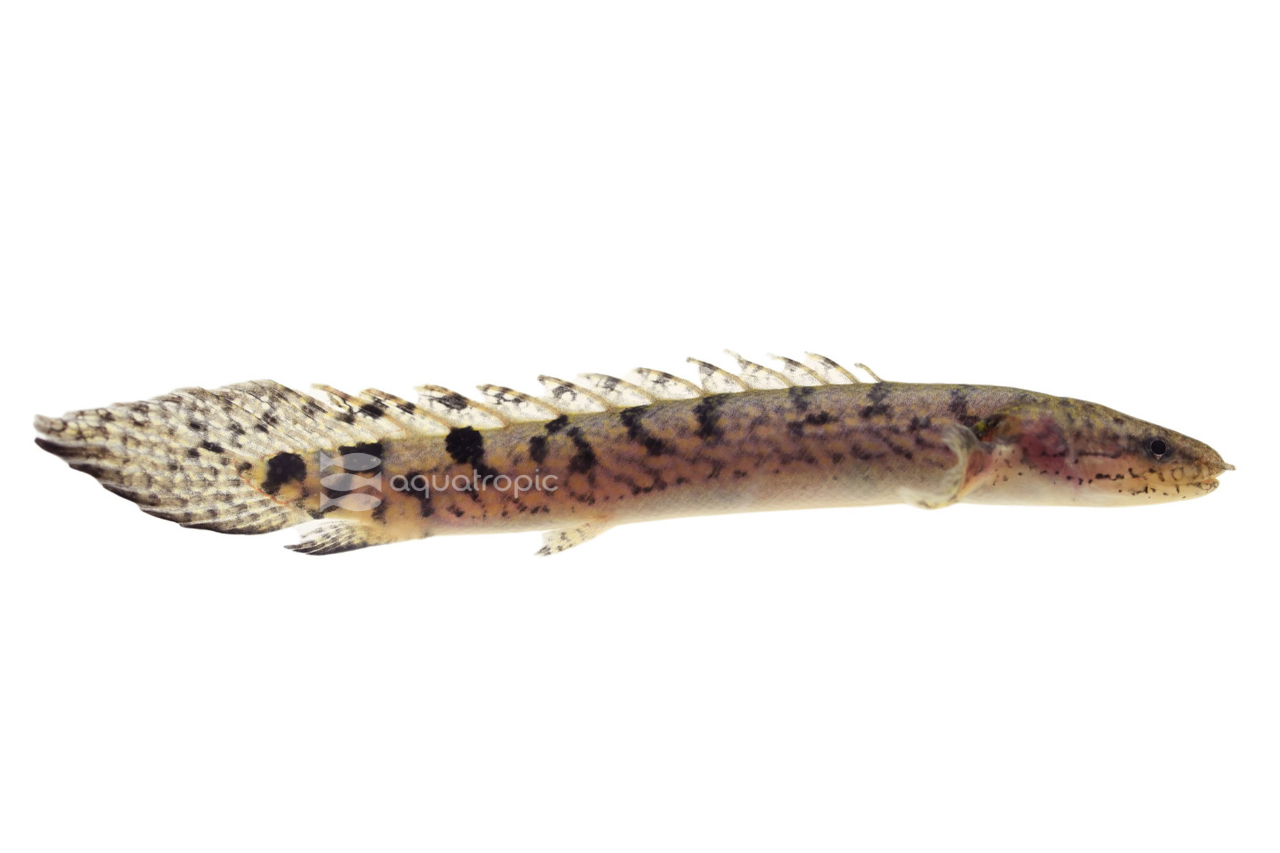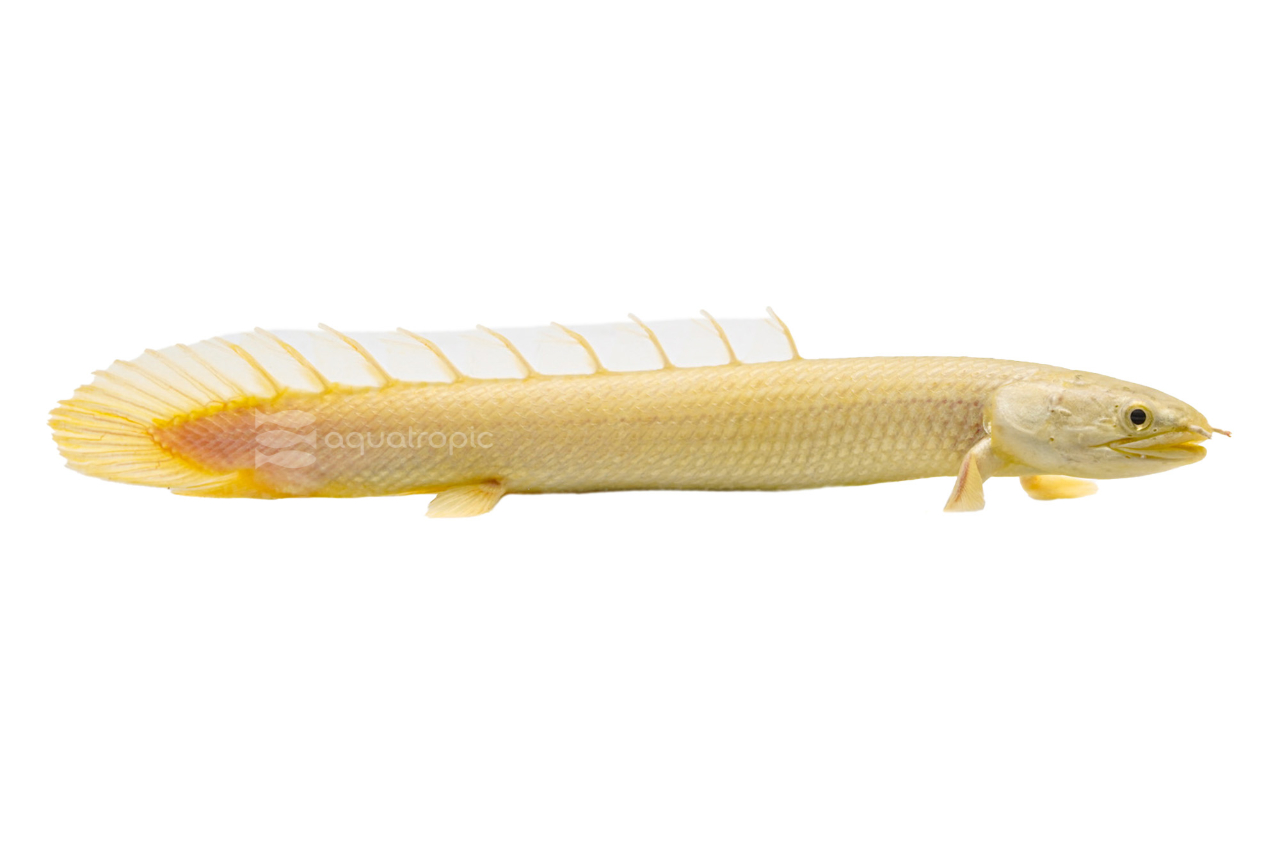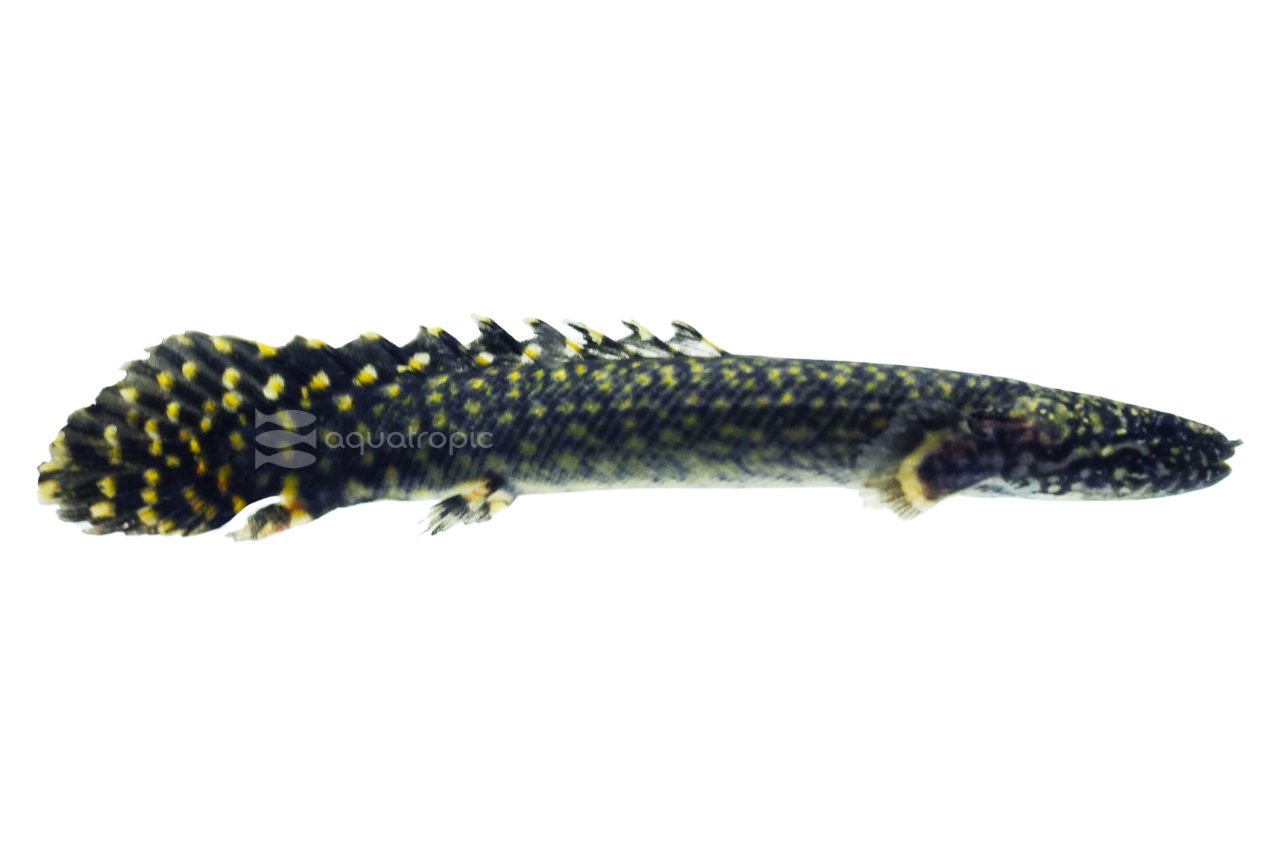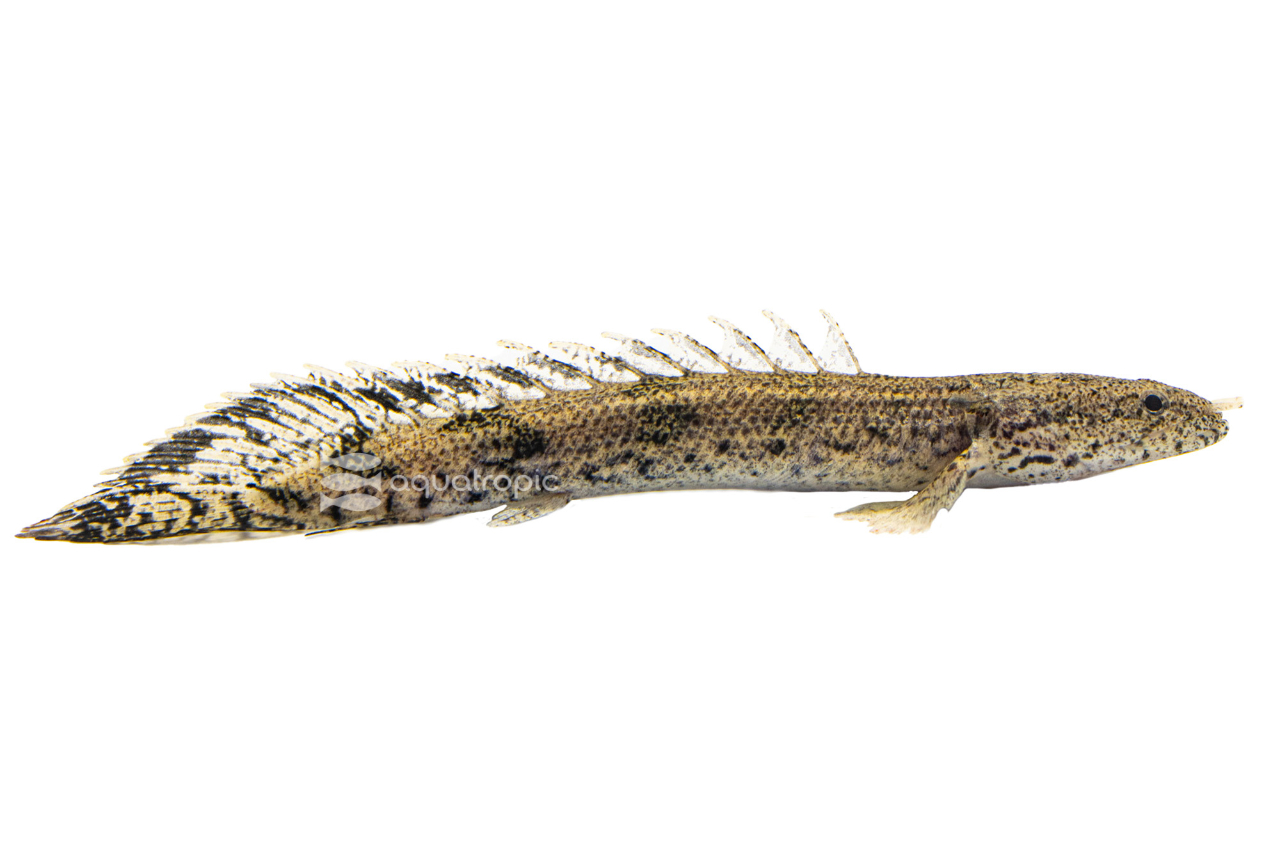Bichirs Are The Best

 Bichirs are cool. When it comes to “Oddball” fish, this group is a perennial favorite among staff here. They're easy to keep, and quite peaceful (but hungry) and look as cool as anything you can put in an aquarium. The biggest differences between all the fish in the group are color and pattern, though a couple aquacultured variants exist that are much smaller than usual. Bichirs frequently get called Dinosaur eels, and they've been around for millions of years, but they aren't eels, despite the eel(ish) appearance. Our partner stores can order at least a dozen different variants of them from us, and you can check out a full listing of our Bichirs here: https://www.qualitymarine.com/aquatropic/fish/bic... In case you're wondering how to pronounce their name, and to avoid a possible embarrassing moment at your LFS, it's Bee-sheers.
Bichirs are cool. When it comes to “Oddball” fish, this group is a perennial favorite among staff here. They're easy to keep, and quite peaceful (but hungry) and look as cool as anything you can put in an aquarium. The biggest differences between all the fish in the group are color and pattern, though a couple aquacultured variants exist that are much smaller than usual. Bichirs frequently get called Dinosaur eels, and they've been around for millions of years, but they aren't eels, despite the eel(ish) appearance. Our partner stores can order at least a dozen different variants of them from us, and you can check out a full listing of our Bichirs here: https://www.qualitymarine.com/aquatropic/fish/bic... In case you're wondering how to pronounce their name, and to avoid a possible embarrassing moment at your LFS, it's Bee-sheers.
Bichirs are all elongated fish that can breathe air, but still have gills, so they don't have to surface as long as the water they live in has adequate oxygen. They're native to the African continent where they can live just about anywhere, they've literally been found in Saharan oases. They're most common in swampy areas, wetlands and backwaters of rivers. If the puddle they're living in dries up, they can “walk” to another one, as long as they don't dry up before they get there. This wild environment means they are very adaptable to a wide range of aquarium conditions, so you don't need to worry over much about water quality or chemistry. Many of the species we see here in North America are aquacultured, but not all.

Even though Bichirs aren't that active, some of them can get quite large, and we can't really give you a minimum size tank unless we know what species you're planning to keep. The largest species like P. ornatipiniis, P. delhezi and P. senegalus can all easily get north of two feet long on the other end of the spectrum P. palmas is unlikely to ever get bigger than ten inches long. Regardless of the species you choose, the display you plan can cover a wide range of looks. They'll be just fine in a bare bottom tank with some clay pots to hide in, and on the other end of the spectrum, you could keep in them in a high tech, fully planted aquarium. The limiting factor for plants is that the tank should be dimly lit or have some floating plants to shelter them from bright lighting. Bichirs love driftwood and other cover. If you choose to use a substrate, it should be soft/fine as the Bichir will definitely ingest some of it while eating and a softer sand will be more easily 'ahem' passed. Leave some open space in the aquascape for them to stretch out. Lastly, these fish are well adapted to get out of their swimming holes in the wild, and this ability can also be show cased in the home aquarium; cover your tank.
We like to describe Bichirs as “Peaceful Predators.” They're very unlikely to bother (or be bothered) by other fish in the tank. On the other side, they do have surprisingly large mouths for a fish their size and will attempt to eat just about anything that will fit in it as long as they can catch it. Other than this ability, they are pretty much defenseless, and so don't keep them with any fish that would bully or pick on them. You can keep as many Bichirs including mixing many (similar sized) species as space will permit in your tank.

Smaller Bichirs and juveniles are usually insectivores in the wild, eating mostly both aquatic and terrestrial bugs (they're also opportunists of the first degree.) Larger specimens have a more diverse diet and will still eat bugs, but also more heavily prey on crustaceans, worms, frogs and a side dish of fish here and there. Bichirs don't move around much, and don't see well either, so their wild feeding is almost entirely dependent on either ambush, or eating things that are either sleeping, slower than them, or even more blind (worms are a favorite). Aquacultured specimens will all take appropriately sized Nutramar Complete sinking pellets, whereas wild specimens might take a little time to adjust to such a processed diet. They all love live worms, and most will take thawed foods like Gamma Bloodworm, Mysis, and Brine etc. They can be slow and messy feeders so keep this in mind when choosing tankmates; they shouldn't be such aggressive eaters that the Bichir can't get to any food.

Some Bichirs are frequently bred in captive conditions, and a few aren't. We see no barriers to trying your hand at rearing any of them. In the wild, they breed in the rainy season, males will collect the eggs from the female, fertilize them and scatter them in vegetation. In the home aquarium, offering them a variety of real or faux plants, or even spawning mops will help. Bichirs are universally, absolute trash when it comes to parenting in the home aquarium and should be removed after spawning to prevent them from eating their own eggs, or fry if any eggs make it the week or so that it takes them to hatch. Weirdly, most Bichirs do exhibit some parenting in the wild, but we've never seen or heard of this behavior in captivity. All of the young are really cool looking when they hatch, but are even worse swimmers than their parents, and so will need to be fed pretty directly. Luckily, they are also pretty big as far as fry go, and so will usually take fairly large food like artemia and microworms. The young are also cannibals, so feed them a lot and separate them as soon as possible.
Whether you are an experienced hobbyist looking for another gorgeous fish to add, or a novice looking for a first time Oddball fish, you can't go wrong with Bichirs as a group. Give them high quality food, and thoughtful choices for tank mates and you'll get a fascinating living fossil for many years to come! Head to your LFS and ask them to get you one from Aquatropic today!